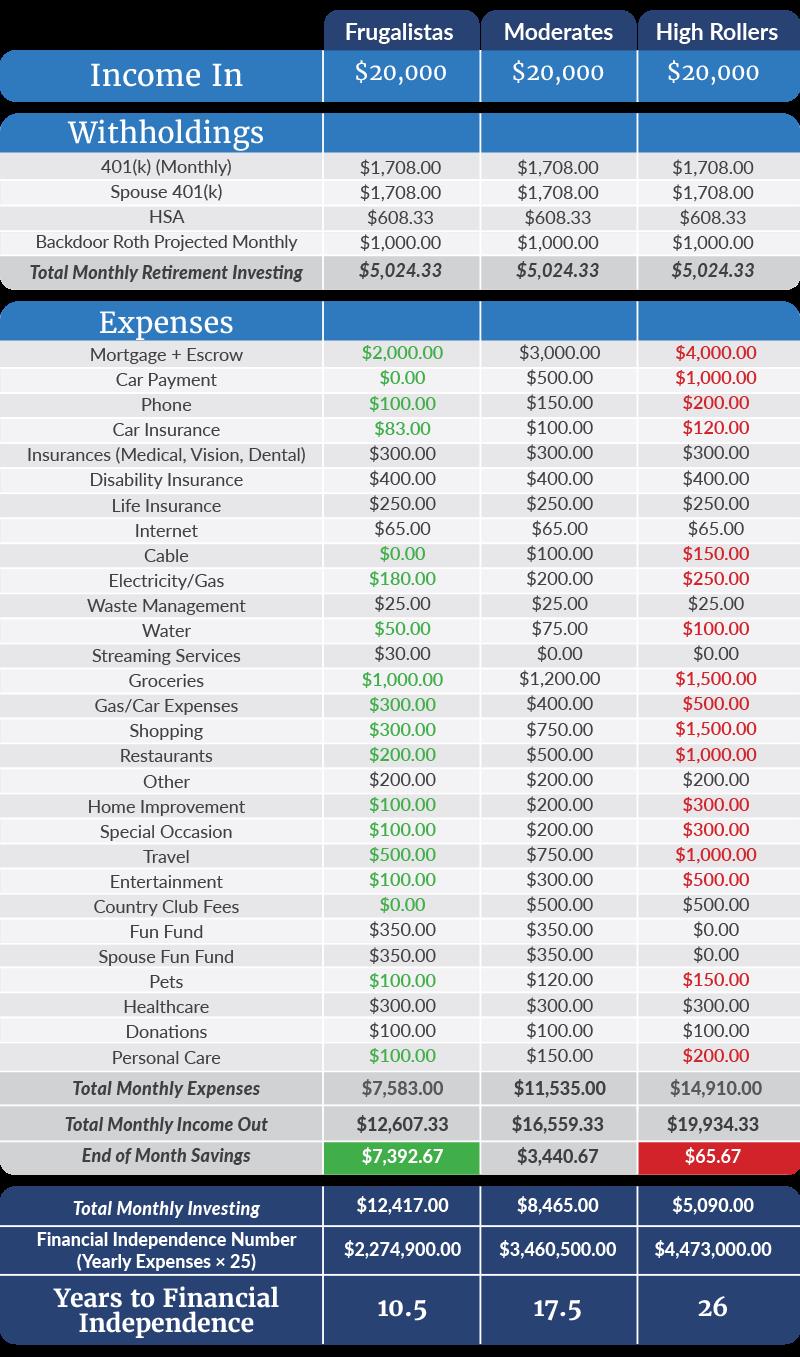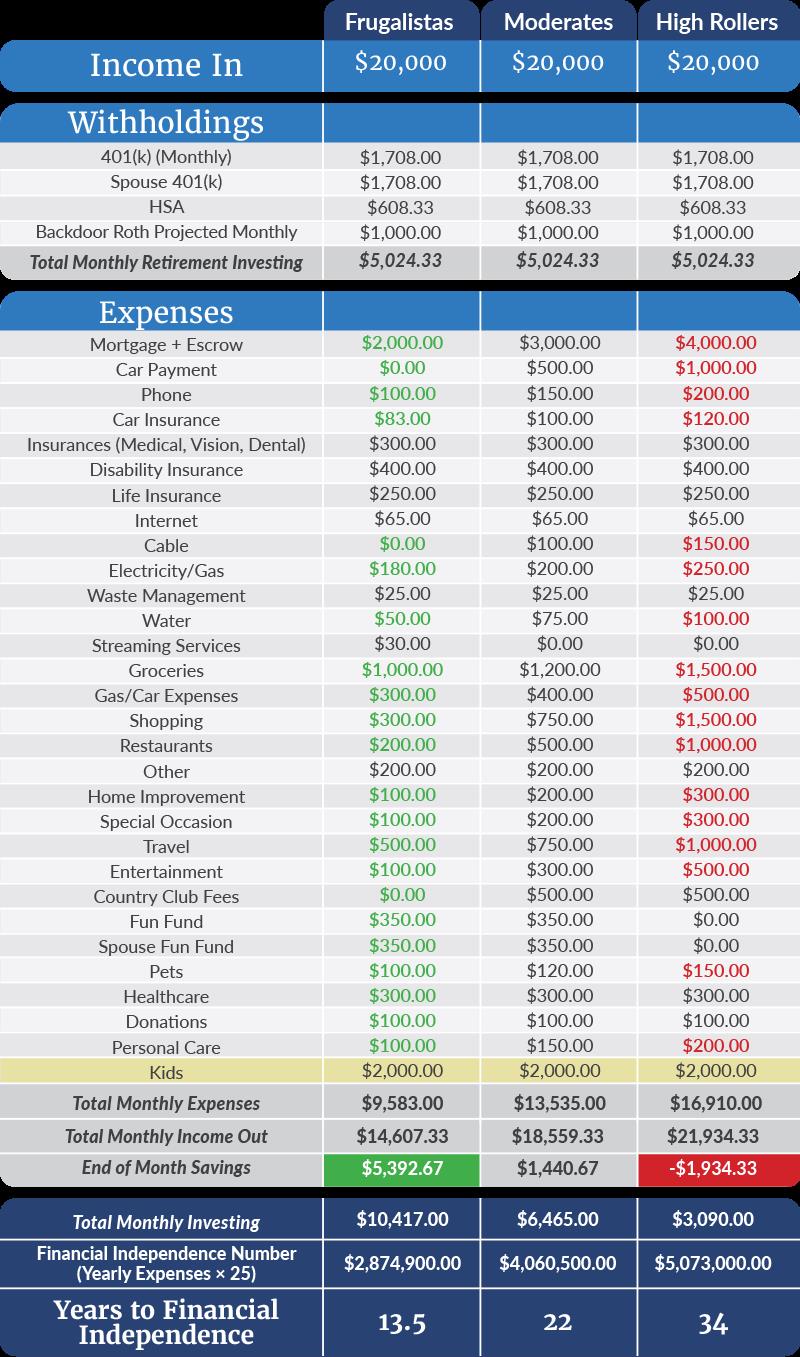<iframe style="width:120px;height:240px;" marginwidth="0" marginheight="0" scrolling="no" frameborder="0" src="//ws-na.amazon-adsystem.com/widgets/q?ServiceVersion=20070822&OneJS=1&Operation=GetAdHtml&MarketPlace=US&source=ss&ref=as_ss_li_til&ad_type=product_link&tracking_id=peaceinvesting-20&language=en_US&marketplace=amazon®ion=US&placement=0060555661&asins=0060555661&linkId=80f8e3b229e4b6fdde8abb238ddd5f6e&show_border=true&link_opens_in_new_window=true"></iframe>|<iframe style="width:120px;height:240px;" marginwidth="0" marginheight="0" scrolling="no" frameborder="0" src="//ws-na.amazon-adsystem.com/widgets/q?ServiceVersion=20070822&OneJS=1&Operation=GetAdHtml&MarketPlace=US&source=ss&ref=as_ss_li_til&ad_type=product_link&tracking_id=peaceinvesting-20&language=en_US&marketplace=amazon®ion=US&placement=1119404509&asins=1119404509&linkId=0beba130446bb217ea2d9cfdcf3b846b&show_border=true&link_opens_in_new_window=true"></iframe>|<iframe style="width:120px;height:240px;" marginwidth="0" marginheight="0" scrolling="no" frameborder="0" src="//ws-na.amazon-adsystem.com/widgets/q?ServiceVersion=20070822&OneJS=1&Operation=GetAdHtml&MarketPlace=US&source=ss&ref=as_ss_li_til&ad_type=product_link&tracking_id=peaceinvesting-20&language=en_US&marketplace=amazon®ion=US&placement=1119376629&asins=1119376629&linkId=2f1e6ff64e783437104d091faaedfec7&show_border=true&link_opens_in_new_window=true"></iframe>

By Dr. Disha Spath, WCI Ambassador
Do you know the story of Diderot? Diderot was a storied 18th-century French philosopher who once purchased the finest of robes after he came into a large sum of money. He delighted in the robe's beauty. But, as he put it on, he realized how out of place the fine scarlet robe seemed amidst the rest of his humble surroundings—with his straw chair and tired, old paintings. He succumbed to the urge to upgrade his surroundings to match the luxury of his robe. He upgraded his straw chair to one of leather and bought new paintings, new vases, and mirrors. His one upgrade turned into many, many upgrades. Diderot didn’t have the money to buy all these upgrades outright (after all, he was only a philosopher) so he took out loans to do it. Soon, his windfall of money turned into a mountain of debt.
“My friends, fear the touch of wealth,” Diderot writes. “Let my example teach you a lesson. Poverty has its freedoms; opulence has its obstacles.”
I’m sure we have all felt the same pull to constantly upgrade our lives. The entire advertising industry is hard at work making us feel the need for the next greatest thing. Everyone has the potential for succumbing to Diderot’s effect. But the effect is most dangerous to new attendings. A sudden increase in pay from residency or fellowship to attendinghood may lead one to upgrade to a nicer house, which lends itself to be filled with nice things. But these lifestyle upgrades have a consequence for wealth-building, and they delay progress toward financial independence.
Physician Budgets
Let’s take a practical look at how this goes down by considering the example of a physician family making $20,000 per month after taxes. For ease of calculation, they freshly graduated from residency at the age of 30, they have no student loans, and they do not have any kids yet.
Let’s assume this physician family wisely decides to max out all of their available retirement accounts, including the $20,500 limit (2022) for his and her 401(k)s, the $6,000 a piece for their Roth IRAs, and the $7,300 for their family HSA. (Note: those retirement contribution limits increase to $22,500, $6,500, and $7,750, respectively, for 2023.)
Let’s see what happens when they adopt different spending identities: the Frugalistas, the Moderates, or the High Rollers.

Now, let's explain what each of those spending identities means.
The Frugalistas
The Frugalistas live in a moderately sized house with paid-off older Hondas (in true WCI style!). They laugh about how often they get ticketed for parking in the hospital physician's lot. Their home maintenance costs are lower due to the smaller size of their house. They use a low-cost carrier for their phones. They shop around for car insurance often and take defensive driving courses to lower their payment. They cut the cord with cable and stream instead. They watch their restaurant and shopping budgets, but are still careful to allot for saving for travel, entertainment, donations, and fun funds for each of the spouses. They do not belong to a country club. In this way, they live a full life but also save an additional $7,000 per month that they can put toward investing (or debt paydown). Assuming they have no student loans, their investments earn an average of 7% returns (and are compounded monthly), and if they keep up this lifestyle, they can race to financial independence in 10.5 years. That means they will be work-optional at 40 years old!
More information here:
10 Frugal Hacks to Automatically Save Money for Busy Professionals
The Moderates
The Moderates decide to upgrade their lives a bit after residency. They buy a bigger house than the Frugalistas and join a country club. They are a little less diligent about hunting for good rates on phones and insurance, but they still cap their restaurant and monthly shopping budgets to $500 and $750, respectively. They spend a little more on special occasions and travel. They make room for donations and for fun funds for each of the spouses. They end up with about $3,000 at the end of the month that they put toward additional investing. Given that their lifestyle is a little bigger than the Frugalistas, they will need an additional $1 million to be financially independent. However, they will still reach financial independence in an enviable 17.5 years and will be early retirees in their late 40s.

More information here:
How to Avoid the Traps of Lifestyle Creep
The High Rollers
The High Rollers decide to buy a large house. They lease cars that require premium gas. They join a country club and go out often. They spend more on travel and restaurants. They have the highest cable package and don’t shop for insurance rates often. They still try to donate, but with all their expenses, they are living on the edge monthly and are spending everything they are making (aside from maxing out their tax-advantaged accounts). They don’t really have room for fun funds. Since they are living on the upper limit of their income but are still maxing out their retirement, they will be financially independent in their late 50s.
More information here:
Going from Broke to Financially Fit in Just 5 Years
How Expensive Are Kids?
Now, what if these families end up having kids, putting them in private schools, and investing in 529s for their college? This would likely slow down the FI progress for all three spending identities to closer to the traditional retirement age. Here I have added a completely arbitrary $2,000 a month for expenditure on kids' daycare or private school or anything else (we all know kids are expensive). This moves the High Roller’s FI age to 64, the Moderates to 52, and the Frugalistas to 43.5 years old.

As you can see, $20,000 in after-tax income is plenty to save a nice nest egg for retirement and to live a good life. However, lifestyle inflation and seemingly small increases in spending can really add up and can greatly impact the pace at which physicians achieve financial independence.
Remember Diderot. You can have your nice robe but try to keep everything else in check. Trying to temper lifestyle inflation’s draw to constantly upgrade can really pay off in earlier financial freedom and more breathing room in our monthly budgets. In the words of Paula Pant, you can have anything, but not everything. So, choose wisely.
Are you more of a Frugalista, a Moderate, or a High Earner? Has your spending identity shifted during your career? Would you trade off a frugal lifestyle for an earlier retirement? Comment below!
The post Real Life Examples of Physician Budgets — From the Frugal to the Extravagant appeared first on The White Coat Investor - Investing & Personal Finance for Doctors.
||
----------------------------
By: Josh Katzowitz
Title: Real Life Examples of Physician Budgets — From the Frugal to the Extravagant
Sourced From: www.whitecoatinvestor.com/examples-of-physician-budgets/
Published Date: Tue, 03 Jan 2023 07:30:20 +0000
Read More
.png) InvestingStocksToolsClubsVideosPrivacy PolicyTerms And Conditions
InvestingStocksToolsClubsVideosPrivacy PolicyTerms And Conditions
